#nasa missions
Text
I feel like nobody on Tumblr knows that the international space station is being discontinued.
Did you know that? In less than a decade it will be gone

CNN Link from above screenshot
More detailed article by Space.com
#space#iss#international space station#nasa#roscosmos#space exploration#outer space#nasa missions#i did not mean to depress everyone im sorry
24K notes
·
View notes
Text
Moon Mountain Named After Melba Roy Mouton, NASA Mathematician

Award-winning NASA mathematician and computer programmer Melba Mouton is being honored with the naming of a mountain at the Moon’s South Pole. Mouton joined NASA in 1959, just a year after the space agency was established. She was the leader of a team that coded computer programs to calculate spacecraft trajectories and locations. Her contributions were instrumental to landing the first humans on the Moon.
She also led the group of "human computers," who tracked the Echo satellites. Roy and her team's computations helped produce the orbital element timetables by which millions could view the satellite from Earth as it passed overhead.
The towering lunar landmark now known as “Mons Mouton” stands at a height greater than 19,000 feet. The mountain was created over billions of years by lunar impacts. Huge craters lie around its base—some with cliff-like edges that descend into areas of permanent darkness. Mons Mouton is the future landing site of VIPER, our first robotic Moon rover. The rover will explore the Moon’s surface to help gain a better understanding of the origin of lunar water. Here are things to know:
Mons Mouton is a wide, relatively flat-topped mountain that stretches roughly 2,700 square miles

The mountain is the highest spot at the Moon’s South Pole and can be seen from Earth with a telescope

Our VIPER Moon rover will explore Mons Mouton over the course of its 100-day mission

VIPER will map potential resources which will help inform future landing sites under our Artemis program
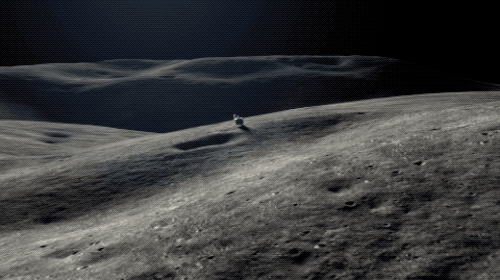
The VIPER mission is managed by our Ames Research Center in California’s Silicon Valley. The approximately 1,000-pound rover will be delivered to the Moon by a commercial vendor as part of our Commercial Lunar Payload Services initiative, delivering science and technology payloads to and near the Moon.
Make sure to follow us on Tumblr for your regular dose of space!
#NASA#Moon Rover#Space#Solar System#Artemis#Science#Mission#Moon#Black History Month#astronomy#Black Excellence#blackexcellence365
13K notes
·
View notes
Text
The clearest image ever taken of Mercury's surface.

JWST • Hubble • NASA Missions & Astronomical Discoveries
#space#space photography#space images#outer space#Mercury#planet mercury#surface of mercury planet#JWST • Hubble • NASA Missions & Astronomical Discoveries (Facebook)#feel free to share/reblog
531 notes
·
View notes
Text
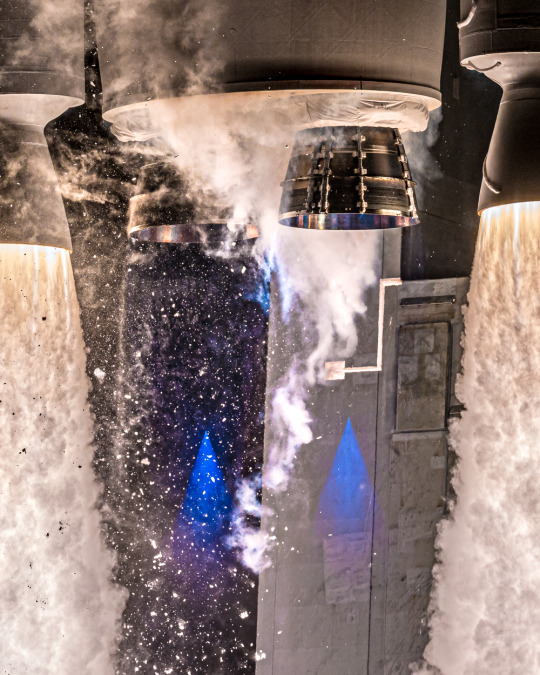

Liftoff of ULA Vulcan l John Kraus
l First U.S. commercial robotic launch to the Moon l ULA(United Launch Alliance) l more info at NASA
#rocket launch#vulcan#ULA#astrophotography#nasa#artemis mission#moon#science#stars#solar system#astronomy#galaxy#planet#cosmos#universe#sky
634 notes
·
View notes
Text

Sometimes you’re minding your own business, slurping a capri sun, and sometimes NASA satellites catch you doing it and they think you’re an alien.
DannyMay Masterlist
#yes this is a reference to the ‘mission status: sick’ meme#dannymay2023#NASA#dp#danny phantom#digital art#my art#art#drawing#fanart#.5k#1k
2K notes
·
View notes
Photo
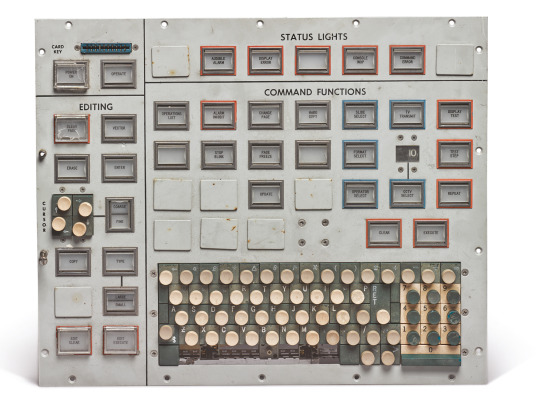

Saturn V Firing Room Panels used for the Apollo missions (US, 1960s)
via
3K notes
·
View notes
Text

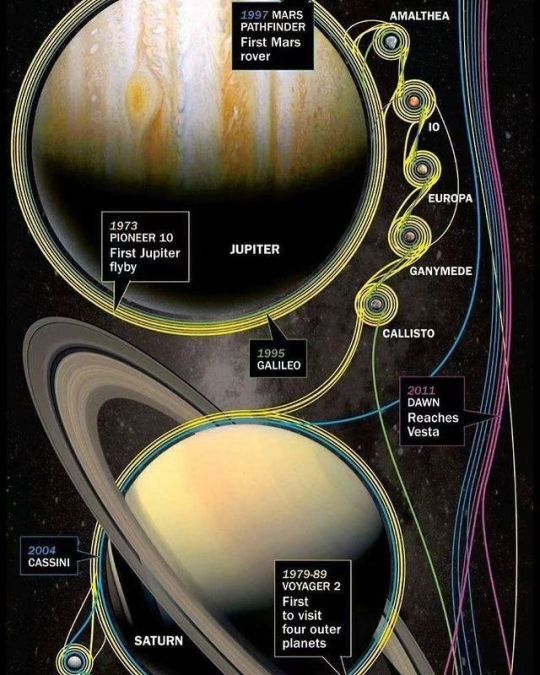
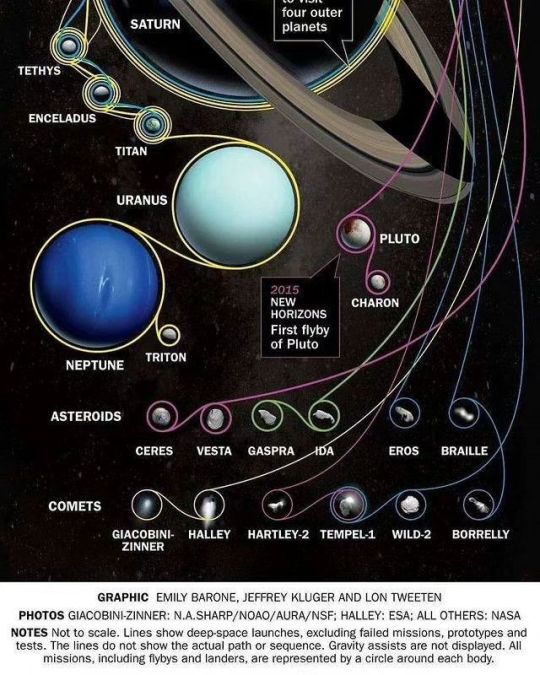
" Nasa's Deep Space Mission " //© Astro Voyagers
#Space#Nasa#ISS#Space Exploration#Space Missions#Planets#Earth#Moon#Sun#Mercury#Venus#Mars#Jupiter#Saturn#Uranus#Neptune#Pluto#Solar System#Galaxy#Galaxies#Milkyway#Universe#aesthetics#wanderlust#explore#follow#discover
527 notes
·
View notes
Text
So I wanna tell y'all about something very near and dear to my heart.

This is the Psyche asteroid, or, at least an artist's representation - we don't know what it actually looks like yet, but this is a fair enough guess. It's a roughly 200 mile wide asteroid in the asteroid belt, and it's made almost entirely out of metal. Its composition makes it unique; it’s the only large metallic body we know of in the entire solar system.
We think it might be the core of what used to be a planet.
When solar systems form, they start out as disks made of interstellar gas and dust, called protoplanetary disks. Here's a picture of HL Tauri, one of the best images of a protoplanetary disk we have.
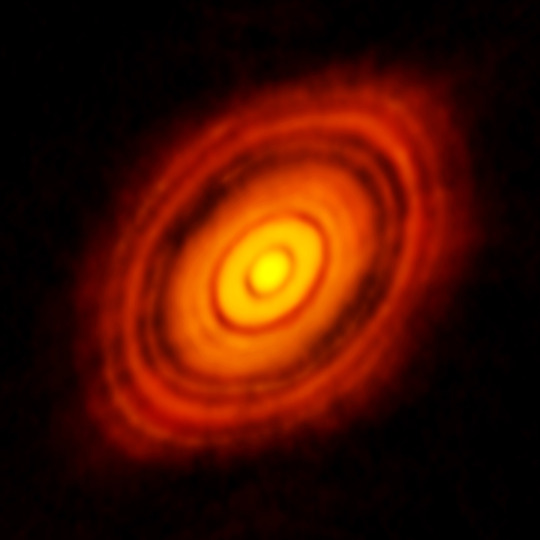
That dust globs together into larger and larger pieces, and eventually forms hundreds of "planetesimals", which are rocky bodies about a kilometer across. Planetesimals had very erratic orbits compared to the modern planets - the dust of the protoplanetary disk caused friction and drag, which threw them off course.
They frequently collided with each other, and either broke apart or stuck together and grew even larger. Arrokoth is actually a leftover planetesimal, a time capsule from the early solar system, and we were able to visit it wayyy out in the Kuiper belt with the New Horizons probe!
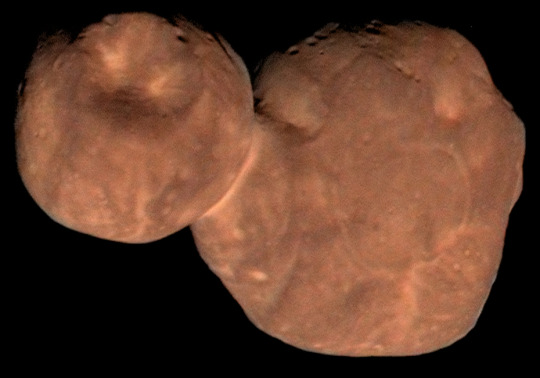
Once planetesimals get to be about the size of the moon, we call them "protoplanets". Protoplanets were fundamentally different from their planetesimal siblings - we believe they were differentiated. When an object in space gets big enough, a combination of radioactive decay, impacts, and gravitational pressure causes them to heat up and melt. Denser materials like iron and nickel sink towards their centers, while the lighter materials rise to the surface. The differentiation process is why Earth's core is made of iron, while the surface is primarily rock.
While protoplanet orbits were much more stable than those of planetesimals, they still eventually collided with each other until everything settled into the planets we see today (though gas giants had a few extra steps - that's a different post!).
We think the Psyche asteroid was a protoplanet, well on its way to becoming a bona fide planet, when an impact struck it hard enough to strip away its rocky layers, leaving behind the dense, metallic core - like in this illustration.
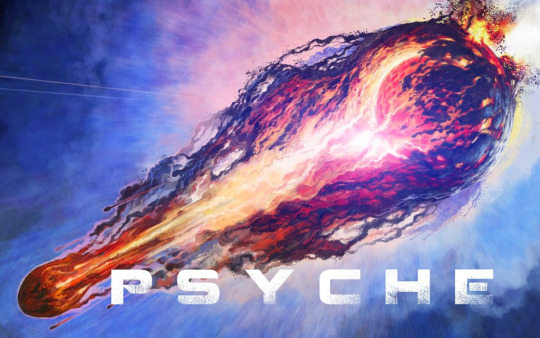
More and more, we think the properties of a planet's core are fundamental to its long-term evolution. Venus, Earth, and Mars are all roughly the same size and roughly the same distance from the sun, cosmically speaking, yet they're so different! Venus has hell death clouds, Earth is home, and Mars is dry and dead - why?
The Psyche asteroid gives us the unique opportunity to actually observe a planetary core directly - it's much harder to dig to the center of a planet than it is to go to space, so that's exactly what we're going to do!
On Thursday October 12th at 10:16am Eastern, the Psyche spacecraft will launch and begin its journey to the asteroid belt! You can watch at https://www.nasa.gov/nasatv/!

I've been a part of this mission for over four years now, and I can't speak highly enough of the team that made it happen through all of the ups and downs. Good luck out there, buddy. We're all rooting for you :')
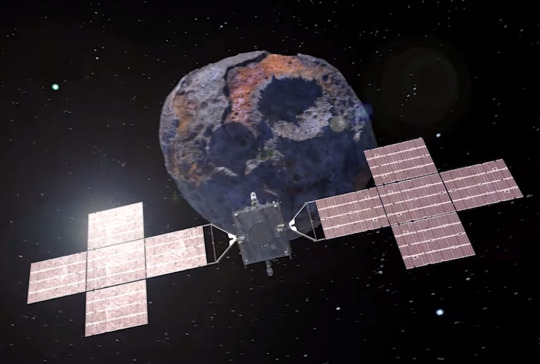
#space#NASA#psyche#asteroid#planet#psyche mission#long post#get home safe friend#you're gonna see some amazing things#For real y'all this mission has been my every single day for the past four years#I grew up with this project#end of an era but beginning of something new!#spost
377 notes
·
View notes
Text
The original Moon landing sites
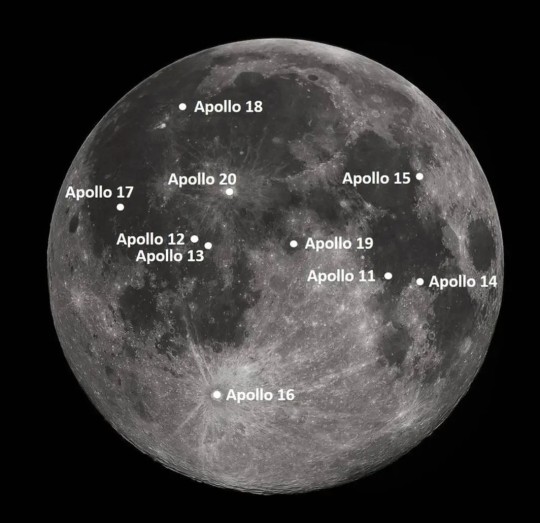
"NASA contracted to have 15 flight-worthy Saturn V rockets produced. Apollo 11 achieved the first landing with the sixth Saturn V, leaving nine for follow-on landings. The following landing sites were chosen for these missions, planned to occur at intervals of approximately four months through July 1972."
Note: I've updated this list with the original tentative planned launch dates.
G-type Mission
Apollo 11: (G) Mare Tranquillitatis, July 1969
H-type missions
Apollo 12: (H1) Ocean of Storms (Surveyor 3 site), November 1969
Apollo 13: (H2) Fra Mauro Highlands, March 1970
Apollo 14: (H3) Littrow Crater, July 1970
Apollo 15: (H4) Censorinus Crater, November 1970
J-type missions, the extended stay missions
Apollo 16: (J1) Descartes Highlands or Tycho Crater (Surveyor 7 site), April 1971
Apollo 17: (J2) Marius Hills or Marius Hills volcanic domes, September 1971
Apollo 18: (J3) Copernicus crater or Schröter's Valley or Gassendi crater, February 1972, later July 1973
Apollo 19: (J4) Hadley Rille, July 1972, later December 1973
Apollo 20: (J5) Tycho Crater or Copernicus Crater or Marius Hills, December 1972, later July 1974
As we all know, plans were changed and missions were cancelled. But it's nice to see what was initially planned.
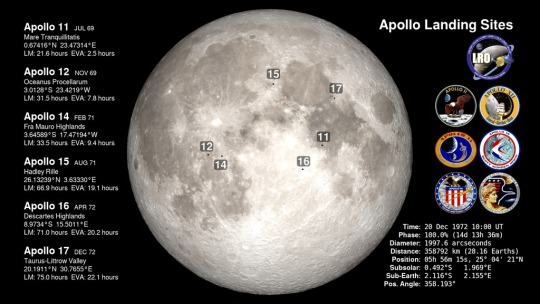
To compare with the actual landing sites and dates:
Apollo 12: (H1) Ocean of Storms (Surveyor 3 site), November 1969
Apollo 13: (H2) never landed, April 1970
Apollo 14: (H3) Fra Mauro, January-February 1971
Apollo 15: (J1) Hadley–Apennine, July-August 1971
Apollo 16: (J2) Descartes Highlands, April 1972
Apollo 17: (J3) Taurus–Littrow, December 1972
NASA ID: link, link
Information from Astronautix: link
Information from Wikipedia: link
#Apollo 11#Apollo 12#Apollo 13#Apollo 14#Apollo 15#Apollo 16#Apollo 17#Apollo 18#Apollo 19#Apollo 20#NASA#Apollo Program#Moon#Moon landing#Lunar Module#cancelled#G-type Mission#H-type mission#J-type mission#Cancelled Mission#my post
436 notes
·
View notes
Text
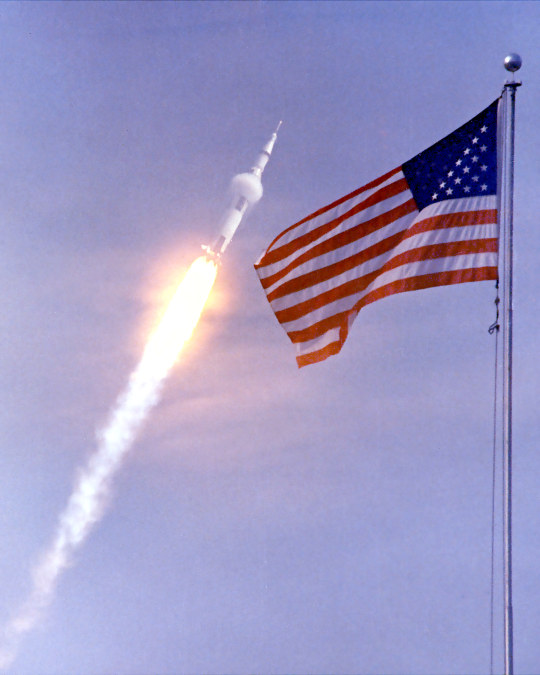
Apollo 11 Launch - 16 July 1969
#NASA#Apollo 11#Saturn V#Rocket#Kennedy Space Center#Launch Complex 39A#Spaceflight#American Flag#Space race#Moon landing#spacecraft#Moon mission
213 notes
·
View notes
Note
Could you please put Pomni in NASA Mission Control?
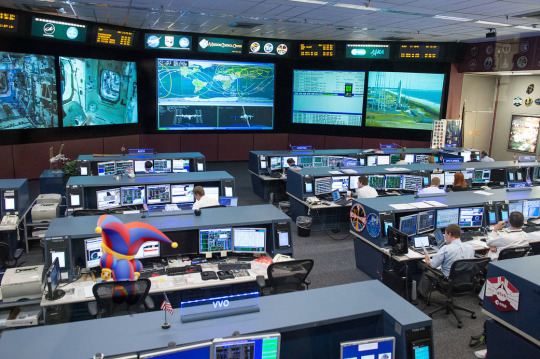
217 notes
·
View notes
Text
Meet the Four Artemis Astronauts Who Will Fly Around the Moon
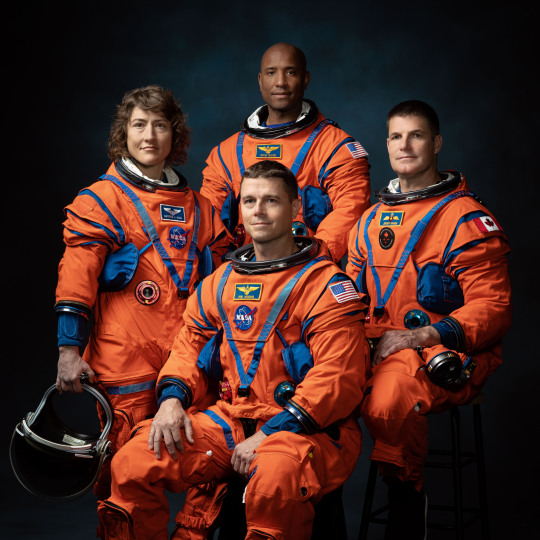
Today, we revealed the four astronauts who will fly around the Moon during the Artemis II mission, scheduled to launch in 2024. Get to know them:
Christina Koch

Meet the first member of our Artemis II crew: mission specialist Christina Koch. Koch visited the International Space Station in 2019, where she participated in the first all-woman spacewalk with Jessica Meir. She began her NASA career as an electrical engineer at Goddard Space Flight Center.
Jeremy Hansen
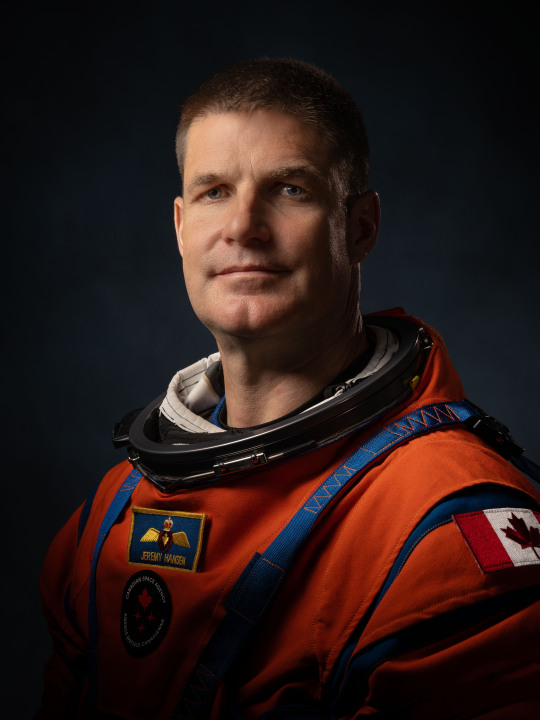
Representing the Canadian Space Agency is Jeremy Hansen from London, Ontario. Col. Hansen was a fighter pilot with Canadian Armed Forces before joining the Canadian Space Agency, and currently works with NASA on astronaut training and mission operations. This will be Col. Hansen’s first mission in space.
Victor Glover

Victor Glover is our Artemis II pilot. Glover is part of our 2013 class of NASA astronauts and was the pilot for NASA’s SpaceX Crew-1 mission. He’s logged 3,000 flight hours in more than 40 different aircraft.
Reid Wiseman
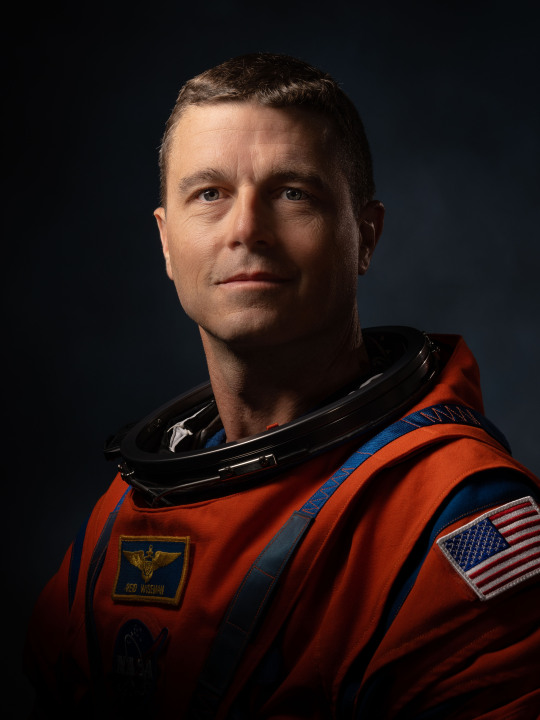
...and rounding out our Artemis II crew: mission commander Reid Wiseman. Wiseman lived and worked aboard the International Space Station as a flight engineer in 2014. He also commanded the undersea research mission NEEMO21, and most recently served as Chief of the NASA astronauts.
Make sure to follow us on Tumblr for your regular dose of space!
#Artemis#NASA#Astronauts#Lunar Mission#Space#Mega Moon Rocket#Orion#Space Station#Moon#Universe#Tech#Technology#Spaceblr#BlackExcellence365
7K notes
·
View notes
Text
Reach for the Stars!🚀🌕
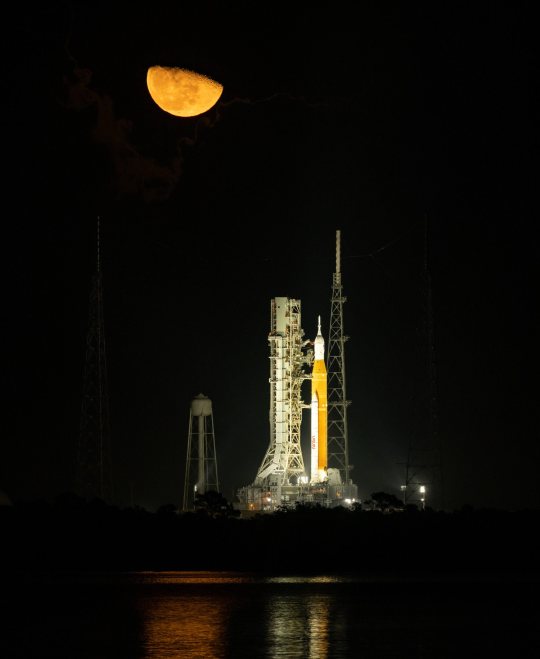
8.8 million pounds thrust for RS-25 Engine

Artemis jumping over the moon!
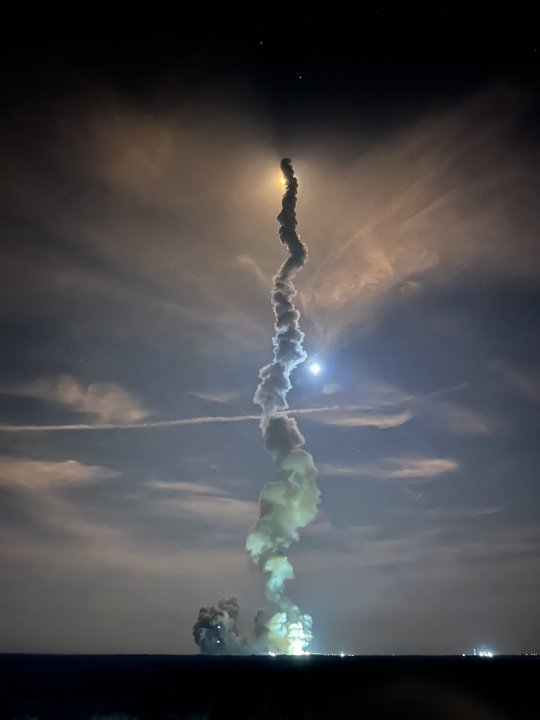
©NASA
#amazing#we are going#sls#artemis#mission#launch#photography#earth#space#nasa#exploration#astronaut#tumblr#awesome#science#national aeronautics and space administration#video#moon#sky#clouds#galaxy#sun#solar system#planet#perfection#kennedy space center#mars#artemis i#shot
1K notes
·
View notes
Text

The First Launch of Vulcan l John Kraus
#ULA#vulcan#rocket launch#astrophotography#astronomy#nasa#artemis mission 2#galaxy#solar system#moon#planets#stars#night#sky#space#universe
443 notes
·
View notes
Photo
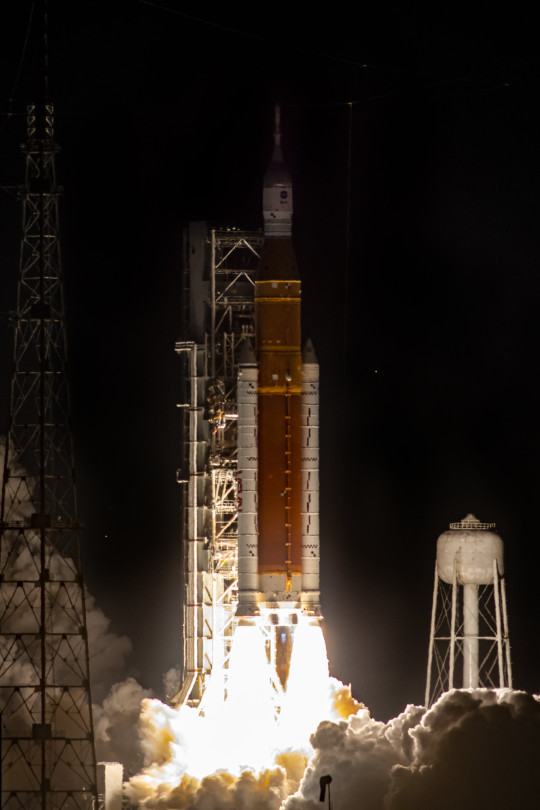



Successful Liftoff of NASA’s Artemis (Nov.16 © © © )
#nasa#artemis 1#solar system#astronomy#moon mission#moon#stars#artemis 1 mission#astrophotography#galaxy#universe#planet#cosmos#nebula#space
1K notes
·
View notes
Text



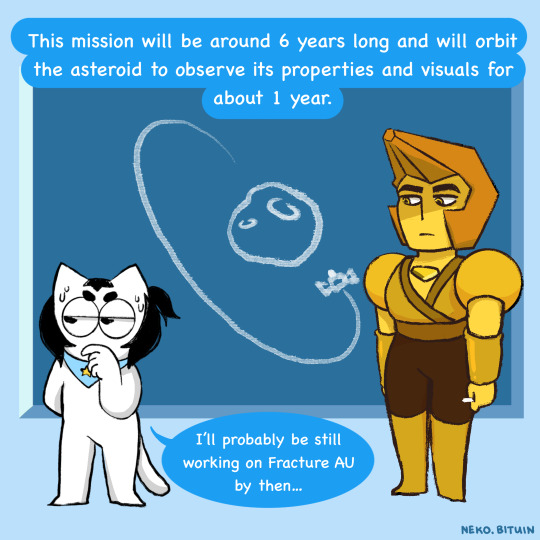





I’ve been given the opportunity to attend NASA’s Psyche Mission Launch and to document and share the experience with you all! I will be share more of my experience on my instagram story, but in the meantime here’s an informational about the mission taught by Heliodor and myself (Since the other rank 1’s haven’t made an entrance yet) :3
#steven universe#su#fracture au#steven universe au#fracture au series#fractureau#fan comic#steven universe art#nasa#psychelaunch#psyche launch#Psyche#Mission to Psyche
279 notes
·
View notes